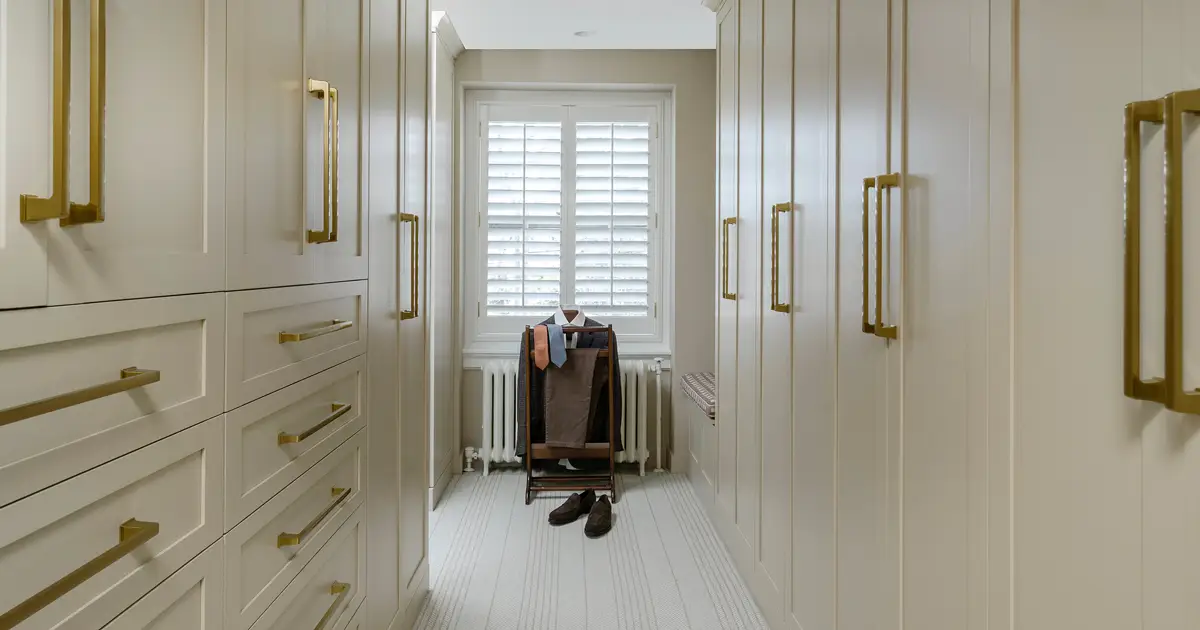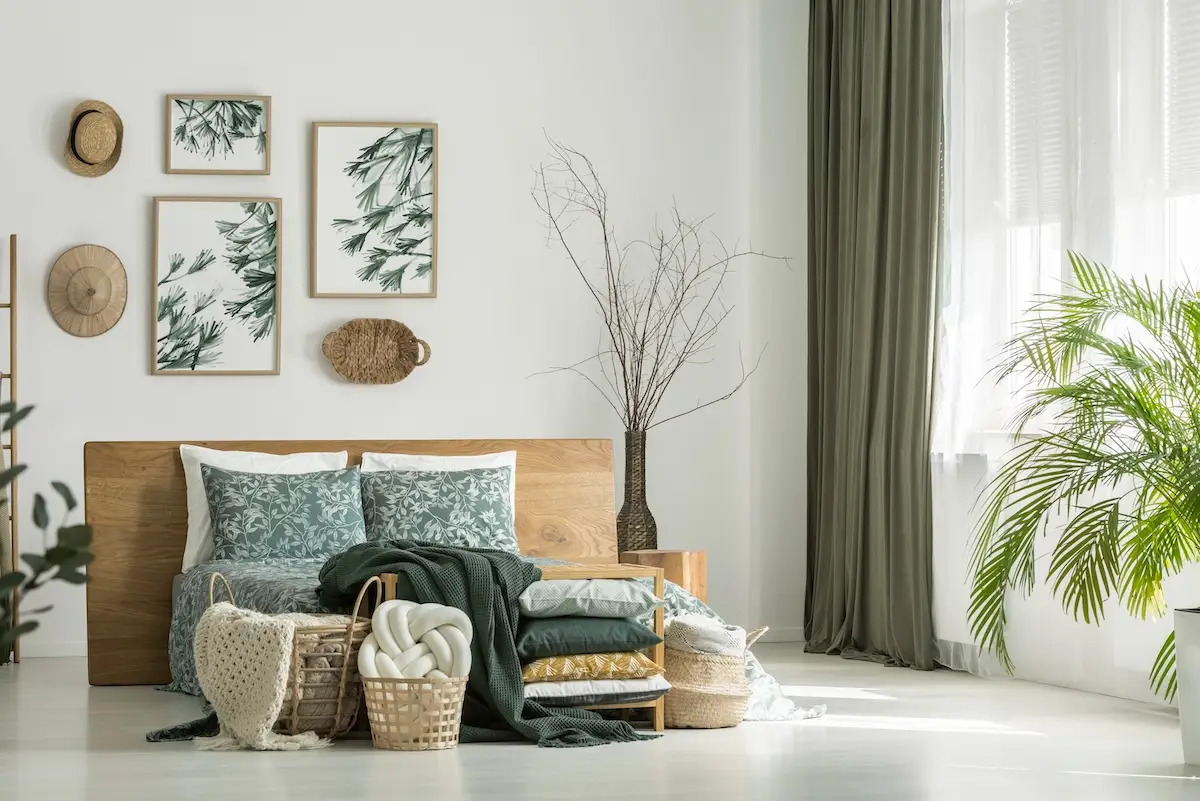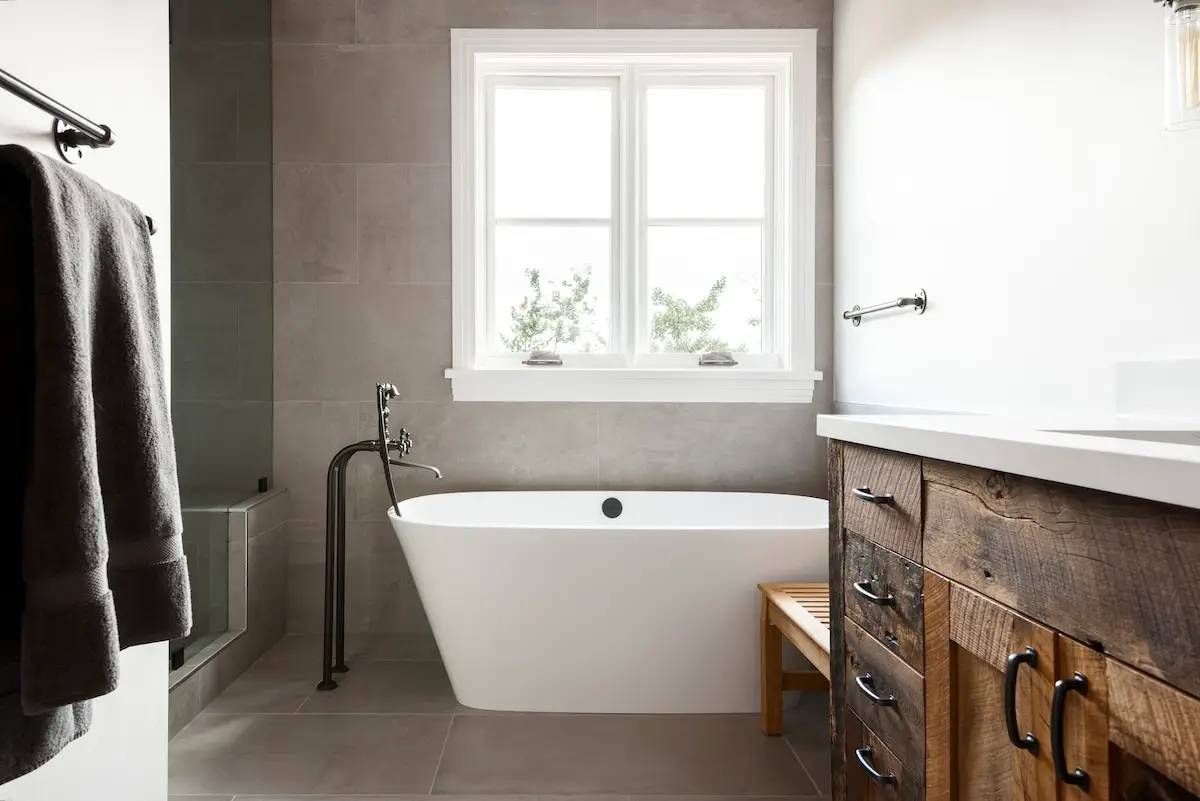House plants have always been sought after, but the popular ones change over time. Long ago, ferns and hanging plants were the trendiest, but today’s popular house plants require less maintenance and are easy to grow. Even if you don’t feel confident in your green thumb, there is something green out there for you. Adding some greenery into the home is a great way to both brighten up your space as well as lighten up your mood!
Philodendron Green
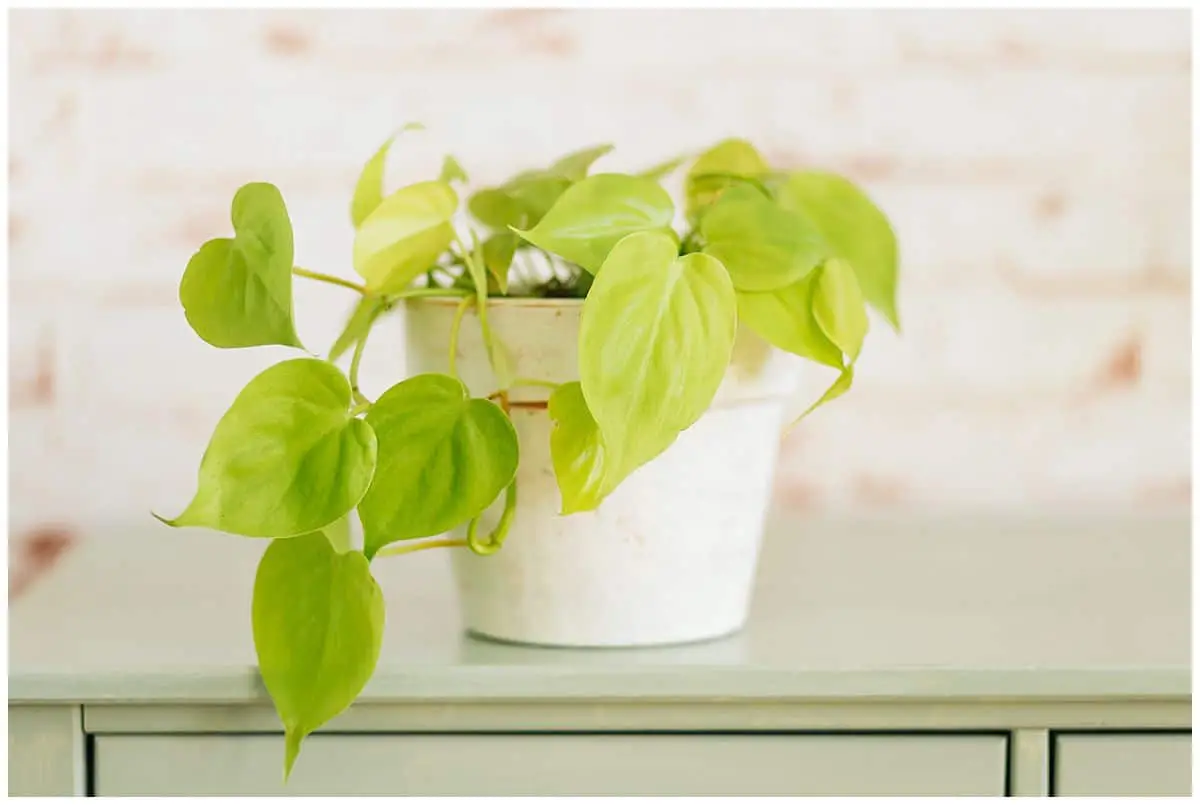
Philodendron greens are popular plants because they are easy to grow and only need medium indirect light to thrive. They filter air efficiently with their large, heart-shaped leaves, and they grow quickly, too. These plants prefer loose soil rich in nutrients. Philodendrons are sensitive to salts that will eventually be left behind by watering, so soil needs to be replaced every year. Be careful not to over or under water because these plants do not appreciate soggy, wet soil.
Toxic to both people and animals if eaten, these plants are strictly for looks. If you or your pets attempt to eat philodendron leaves, you can expect some unpleasant side effects. If you have pets, make sure to keep these out of reach!
Peperomias
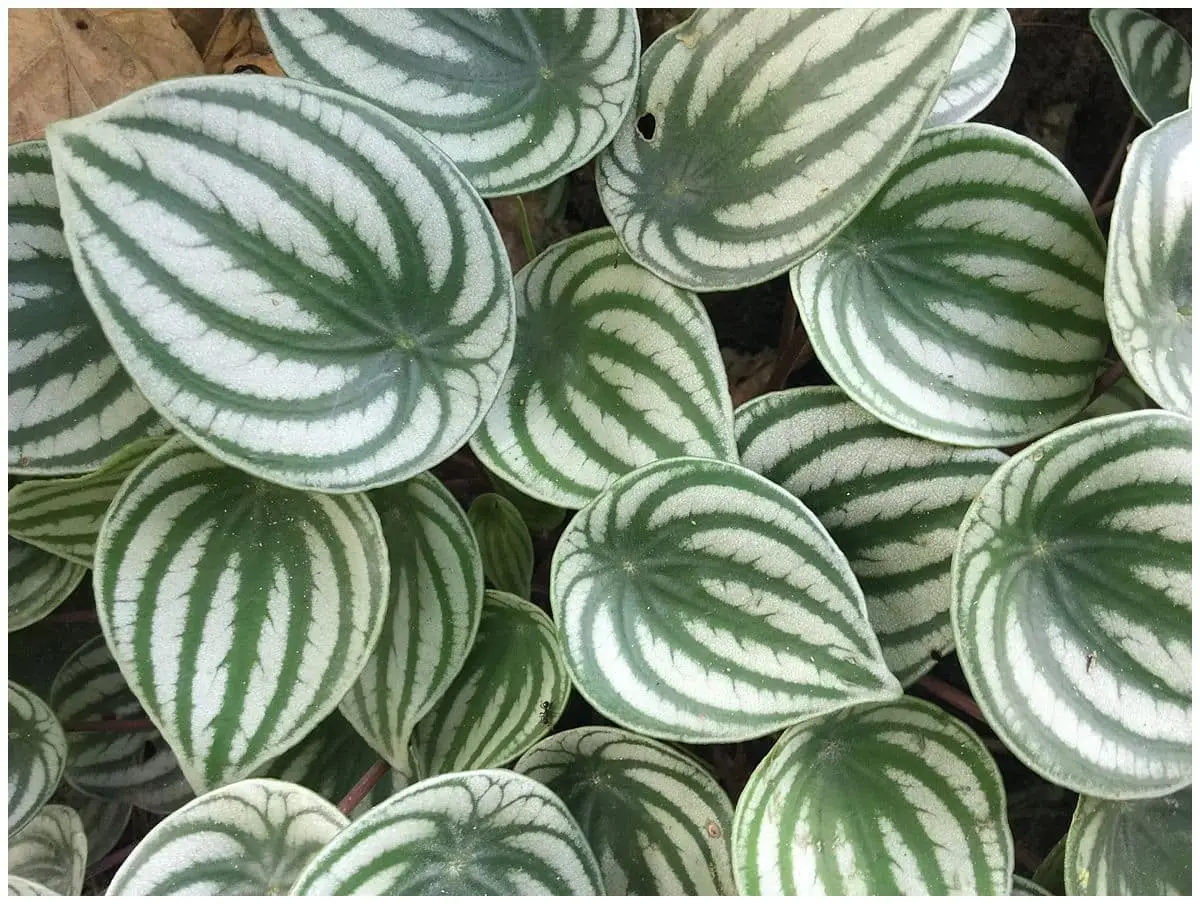
Beautiful but finicky, peperomias are sensitive to overwatering, so if you’re the forgetful type, they make great houseplants! They also do not like cold temperatures, so they need to be kept in a place where they can enjoy steady sunlight. With a variety of colors and textures, these plants boast shades of red, green, gray, purple, and marbling, in addition to having textured or smooth leaves of all sizes. Peperomias need loose, acidic soil to keep leaves healthy and vibrant.
The good news is that peperomias are non-toxic to pets, which is excellent for pet parents. It doesn’t matter if your feisty pet knocks it to the floor or tries to eat it because it won’t hurt them.
ZZ Plant
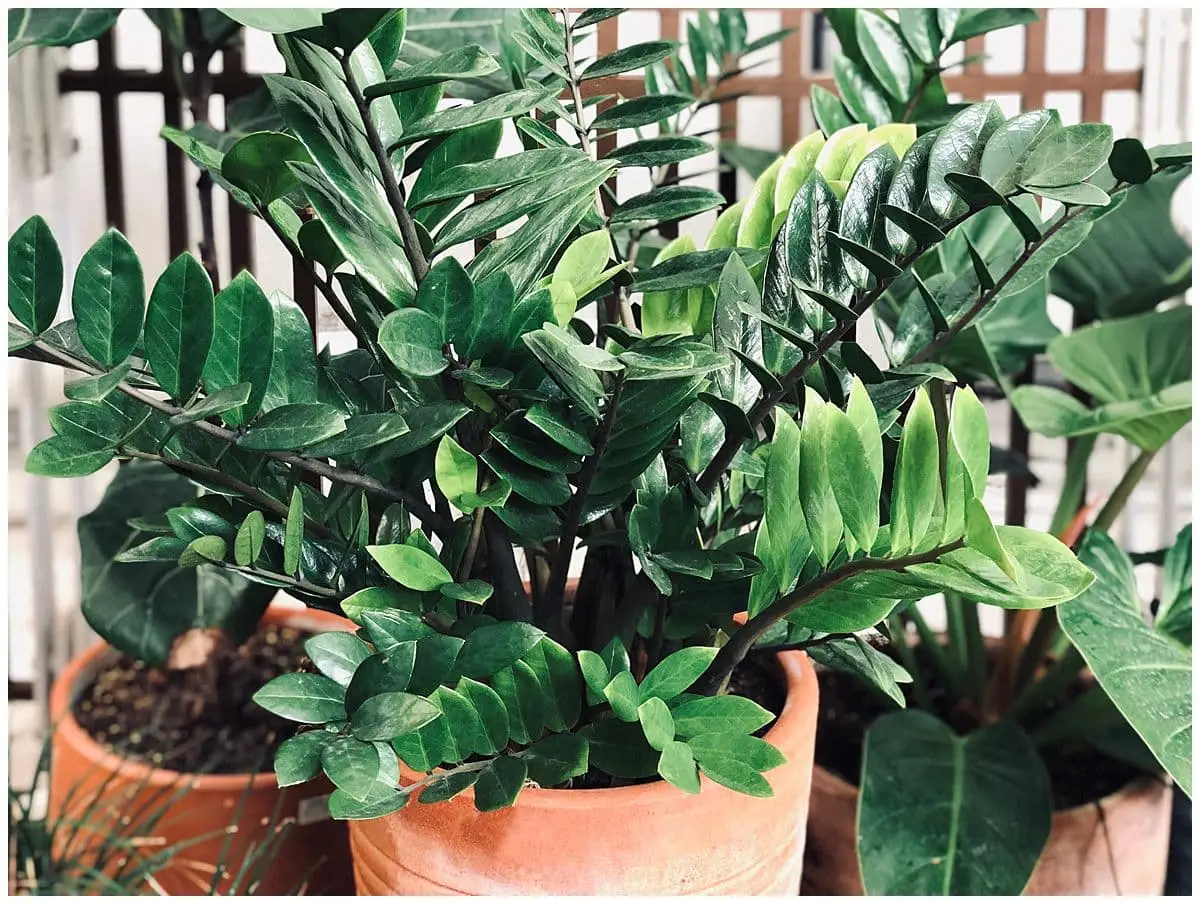
ZZ plants, also known as Zanzibar gems, are lowlight plants that only need to be watered every couple of weeks. These plants are a type of succulent, so they do well with more extended periods between watering if they have well-draining soil. Native to Eastern Africa, these plants are famous for homes and offices because they are low-maintenance and easy to keep alive. To clean the leaves, use a damp cloth to avoid clogging pores and bring back a naturally shiny finish.
Keep in mind, if a furry friend tries to eat a ZZ plant, they will have to deal with upset tummies. Pet parents would be wise to keep these off the ground away from pets.
Snake Plant
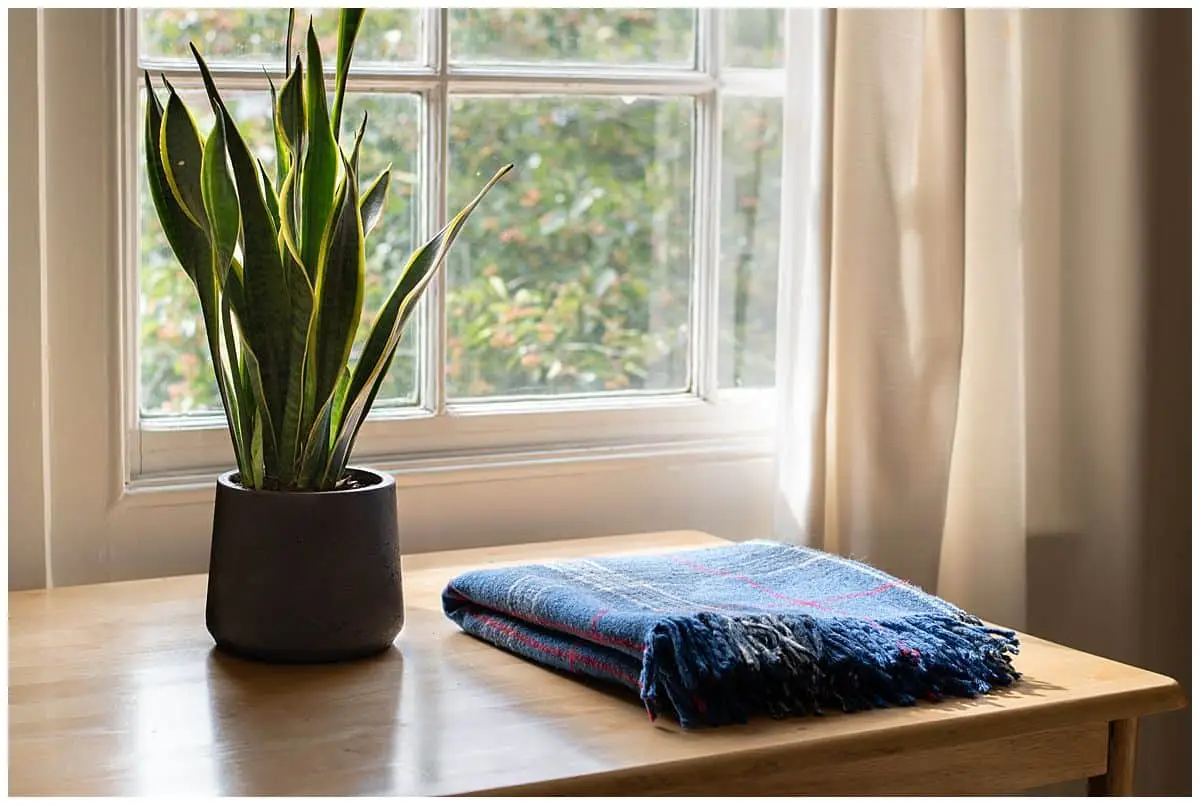
Snake plants have become a popular choice because people believe they help improve indoor air quality. They are also easy to care for as they only need bright, indirect light and occasional watering. Snake plants are a succulent type, so they store water the same way as more traditional succulents. To make sure you don’t overwater your plant, the soil must be completely dry to the touch before watering again. Soil should be replaced every 12 months, and pots should be replaced with a slightly larger pot every two years.
If you have pets, you will want to be careful with snake plants as they are toxic for cats and dogs. Keep these away from your fur-babies.
Succulents
Succulents come in a variety of colors and textures. They are popular house plants because they can survive indoors without much effort on your part. Thick leaves allow for holding on to water, so it means you can water after extended periods without any adverse side effects. Bright light is a must for these plants because they love the sun. They’re happy outside during the spring and summer, too. Plant them in a soil that is half sand and half potting soil. If you can water it and then have it fall apart in your hand, the soil is perfect.
When it comes to pets, most succulents are non-toxic, but there are a few that you need to be aware of to keep your pets safe. Aloe vera can cause some mean side effects in pets. Other succulents that range in toxicity to animals include kalanchoes, jade plants, the string of pearls, and euphorbias.
Fake Plants
Greenery is a great way to bring the outdoors inside, but if you don’t trust yourself to keep plants alive or you’re worried about bringing in toxic plants, fake plants become a viable option. Artificial plants have come a long way, and many look natural to a discerning eye. You will notice, too, that you have a wider variety to work with since you don’t have to worry about things like lighting and watering. The most authentic-appearing plants are those that are made from high-quality silk. Leaves feel natural to the touch, and stalks or stems look completely real.
Remember, though, that like real plants, you may need to wipe the leaves every so often because they will gather dust over time. Look at manufacturer instructions because some require a specialized cleaner while others can be wiped clean with a damp towel. Whatever you bring in, you will not regret the nod to the great outdoors.


